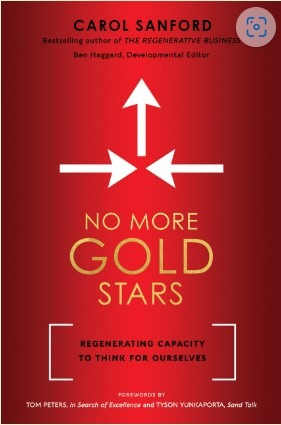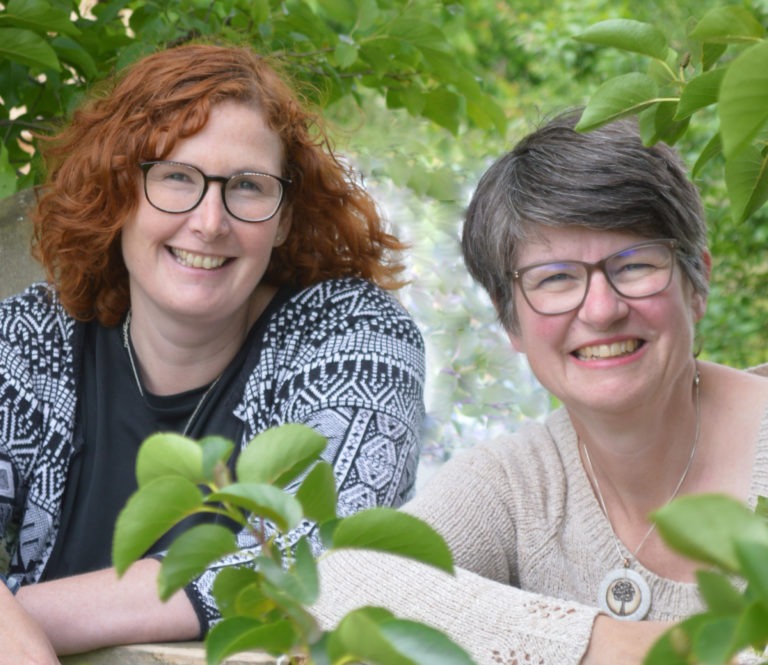
Rooted Leadership talk at Disrupt HR
Want to hear regenerative leadership explained in 5 minutes? Here’s a video of me speaking at Disrupt HR event in Nottingham. If you’d like to
You have probably seen the buzz around Marie Kondo’s de-cluttering phenomenon. It’s caught the mood, because, quite accurately, we, in the modern world have accumulated too much stuff, and it’s making us sick.
But are her methods the answer, and do they come with serious downsides? I believe so, and what’s more, because I live my life guided by nature, I believe that it’s not nature’s way either.
First-off let’s get this straight – accumulating stuff you don’t need is not good. It makes us stressed, leads us spend money we can’t afford (or would be better spent on other things), it harms people who have to produce cheap goods in terrible conditions and it trashes the rest of living world that we share our planet with. But I’ve watched several of Marie’s TV programs and I’ve not heard her site those as reasons why having ‘stuff’ is bad.
For Marie, stuff is only bad because it doesn’t spark joy.
One 19th Century proponent of minimalism, William Morris said “Have nothing in your house that you do not know to be useful or believe to be beautiful”. He recognised that there are two strands to having belongings. And I think nature agrees with him. Living things choose things according to their usefulness. Either useful now, or in order to create something in the future.
Nature goes beyond sustainable – it builds on what is already in existence. We can see that when a single tree colonises new ground and helps to create the conditions to grow a forest – through ecosystems building on ecosystems. In nature one and on makes more than two – there are emergent properties that we can’t predict. And these new properties are magical – without them we wouldn’t be surrounded by all the wonders of the natural world.
Marie doesn’t say keep your sewing machine, or your painting set, or your toolkit, or the random items in your shed that you could use to create something new. Creating things is therapeutic, but minimalists encourage us to live in ‘perfect’ homes with nothing out of place. But look around you in the living world and you’ll see that nature doesn’t do perfection. Perfection is created entirely in the human mind. What’s more the natural world is messy. It’s random and seemingly chaotic because it’s trying new strategies, making mistakes and developing new ‘stuff’. The difference between our ‘stuff’ and nature’s ‘stuff’ is that ours isn’t sustainable, and 99.9% of it isn’t useful, in fact it’s positively harmful, as we can witness with the rafts of plastic floating in our oceans.
I once had a friend who had a perfect house. Nothing was out of place. When me and my young kids went for tea I felt inadequate in comparison. But then it dawned on me why her house was so ordered. She never created anything. She hardly cooked – microwave dinners and ready meals, with just three plates to tidy. She didn’t own tools, or a sewing machine, or fabric or paints. She didn’t collect pine cones or sticks that her kids could make into play things. Her children had plastic toys that they could easily pack away. Suddenly I felt better about the healthy, creative and messy way my kids grew up.
Of course, I would agree with Marie – keep existing items spark joy (but don’t buy new ones) and keep useful items ordered so you can find them (not doing so often leading to you to buy it again). But don’t throw out what is useful, and consider where you are taking the items you do divest yourself of – not into landfill. And actively look for joy in the useful things in your life – appreciate what you already have.
So here are ten of nature’s ways for approaching your belongings and your home:
More on nature’s principles and strategies can be found in my forthcoming book: Think like a Tree: the natural principles guide to life. And in my courses. To find out more and join the email list see www.thinklikeatree.co.uk
*** Think like a Tree looks at principles from nature and explores how we can learn from them for our own happiness, health and wellbeing *** �i�� @�H�|

Want to hear regenerative leadership explained in 5 minutes? Here’s a video of me speaking at Disrupt HR event in Nottingham. If you’d like to

In “No More Gold Stars,” Carol Sanford challenges conventional notions of achievement and success. Carol is a renowned business consultant and educator and what struck

This week has felt a little bit epic! I have found myself taking deep, exhaling breaths as I sit with the medley of feelings I have